So I hit another roadblock in my endeavors with Swift. I am trying to load multiple images into an image gallery - all works fine except of one thing. The memory use of the application keeps growing and growing despite the fact that I clear the images. After eleminating basically all the code, I found out that this is caused by my image loading script:
func loadImageWithIndex(index: Int) {
let imageURL = promotions[index].imageURL
let url = NSURL(string: imageURL)!
let urlSession = NSURLSession.sharedSession()
let query = urlSession.downloadTaskWithURL(url, completionHandler: { location, response, error -> Void in
})
query.resume()
}
As you can see this piece of code does basically nothing right now. Yet every time I call it, my apps memory usage grows. If I comment out the query, the memory usage is not changing.
I have read several similar issues but they all involved the use of a delegate. Well, in this case there is no delegate yet there is the memory issue. Does anybody know how to eliminate it and what is causing it?
EDIT: Here is a complete test class. Seems like the memory grows only when the image could be loaded, like the pointers to the image would be kept in the memory for ever. When the image was not found, nothing happens, memory usage stays low. Maybe some hint how to clean those pointers?
import UIKit
class ViewController: UIViewController {
override func viewDidLoad() {
//memory usage: approx. 23MB with 1 load according to the debug navigator
//loadImage()
//memory usage approx 130MB with the cycle below according to the debug navigator
for i in 1...50 {
loadImage()
}
}
override func didReceiveMemoryWarning() {
super.didReceiveMemoryWarning()
// Dispose of any resources that can be recreated.
}
func loadImage() {
let imageURL = "http://mama-beach.com/mama2/wp-content/uploads/2013/07/photodune-4088822-beauty-beach-and-limestone-rocks-l.jpg" //random image from the internet
let url = NSURL(string: imageURL)!
let urlSession = NSURLSession.sharedSession()
let query = urlSession.downloadTaskWithURL(url, completionHandler: { location, response, error -> Void in
//there is nothing in here
})
query.resume()
}
}
I am sorry, I have no idea how to use the profiler just yet (being very noob in this whole iOS jazz), at least I will attach a screenshot of the profiler that is produced by the code above:
